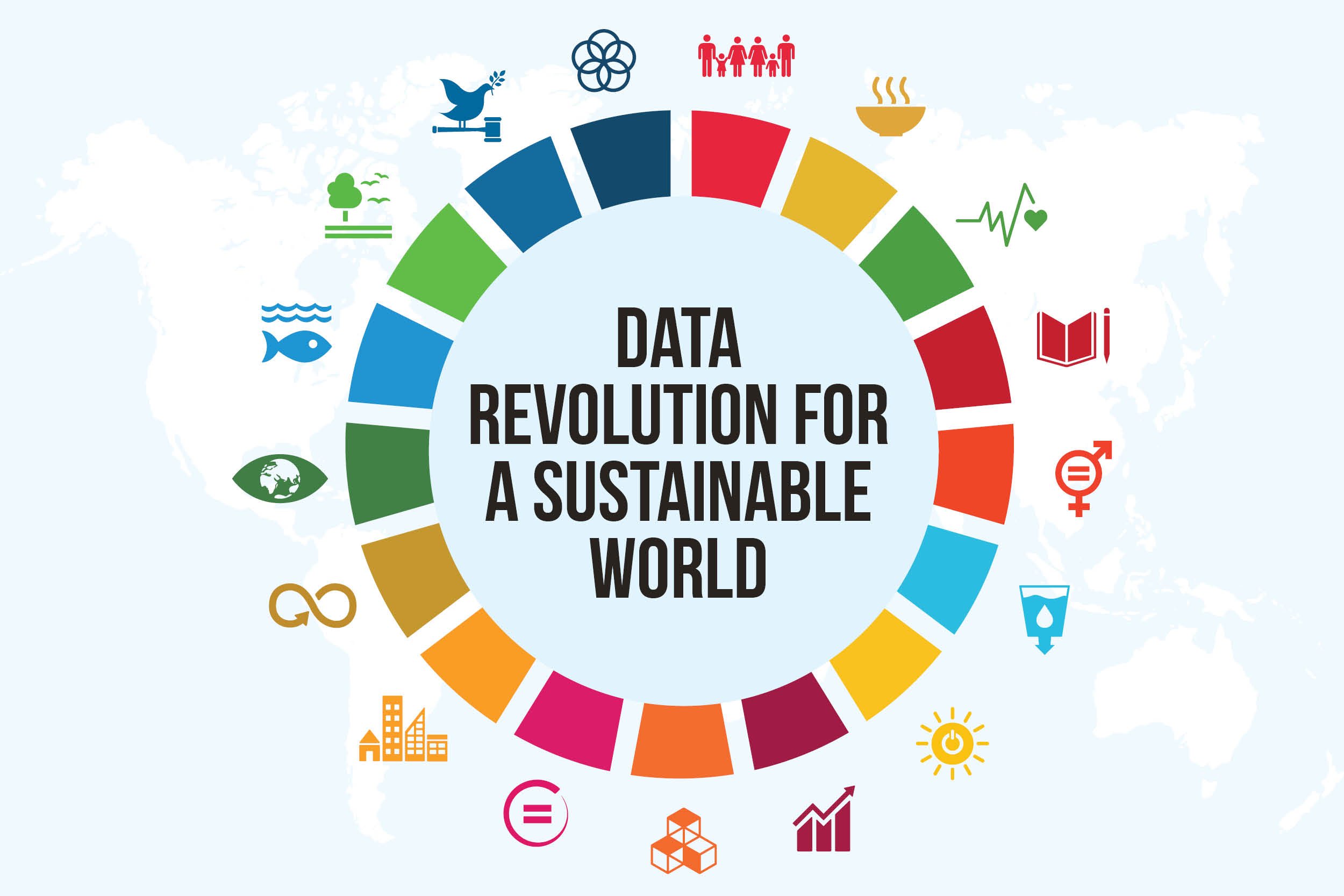Is your corporate social responsibility program successful? How do you know? There are a variety of ways that companies measure corporate social responsibility success.
How much money is raised as part of a corporate giving event?
Has there been an increase in productivity since the implementation of your corporate social responsibility strategy?
What percentage of your employees are participating in your corporate social responsibility initiatives?
While it’s possible to gather data to answer each of these questions, that data doesn’t necessarily answer the original question. Measuring the success of corporate social responsibility is not always simple, but that doesn’t mean it is impossible.
Why It’s Not That Simple
Let’s be honest, the markers of a successful corporate social responsibility campaign are influenced by a number of variables. This makes it difficult to show a direct causal link between your corporate social responsibility efforts and the data you are collecting. You can, however, expect to find correlations.
For example, you start a fantastic corporate giving program that allows employees to choose the charities and causes they will support. You find that as participation in the corporate giving program increases, your employees are reporting greater satisfaction and selling more products. Your turnover rate is improving too.
Metrics like these are not as straightforward as amount of money raised or employee participation numbers. But just because they are not the most obvious metrics to measure success, doesn’t mean they are not effective.
How to Define Corporate Social Responsibility Success
So how do you determine the metrics you will use to measure the success of your corporate social responsibility program? Every company will be different because each company has different pain points.
Ask yourself, what do you hope your corporate responsibility program will be able to do for your company?
If your company has high turnover, you’re likely to see improvement after implementing a corporate social responsibility initiative where the employees are empowered and engaged. Studies have shown that a majority of employees and job seekers, especially millennials, prefer to work for a company that gives back.
Which leads to the next question:
Are your employees happy?

Tracking net promoter score (NPS) data when you implement a new corporate social responsibility program is one way to keep an eye on employee satisfaction.
Additionally, you can always ask them!
When employees have the opportunity to speak up and feel heard, they are happier at work and they can offer keen insight on ways your company can improve.
What if you really need to focus on the bottom line and increase profits? Chances are you are tracking that already. Believe it or not, an effective corporate social responsibility program can help your bottom line.
Maybe You Already Get It
If this all sounds familiar to you, chances are you already get it. You know that it’s hard to define the success of your corporate social responsibility program in finite ways. But even though you can’t quantify it easily, you know it is effective.
Maybe you’ve spoken employees about it directly or have seen the shift in corporate culture after the start of a successful corporate social responsibility program. In the end, you know your company, employees, and customers all benefit from a successful corporate social responsibility program.
The truth is, many of the CEOs we talk to about corporate giving strategies already get it. After all, corporate social responsibility has been on the radar of CEOs for decades. You’re not alone, especially when you have the right corporate giving technology to help you track even the less quantifiable metrics of success.
Conclusion
Measuring the effectiveness of your corporate social responsibility strategy may not be as simple as checking how much money has been donated through corporate giving. The soft success metrics, such as employee retention and satisfaction, can provide a different perspective on the program’s successfulness.
For a greater overview of your corporate social responsibility success, use advanced corporate giving technology, such as WorkHERO. With WorkHERO, you and your employees can get a snapshot of your corporate social responsibility efforts and successes. When your corporate giving technology integrates seamlessly with your other HR solutions, you can see the whole picture.
{{cta(‘a67601ab-319d-467e-8100-a2ba0d006d8f’)}}































































































































